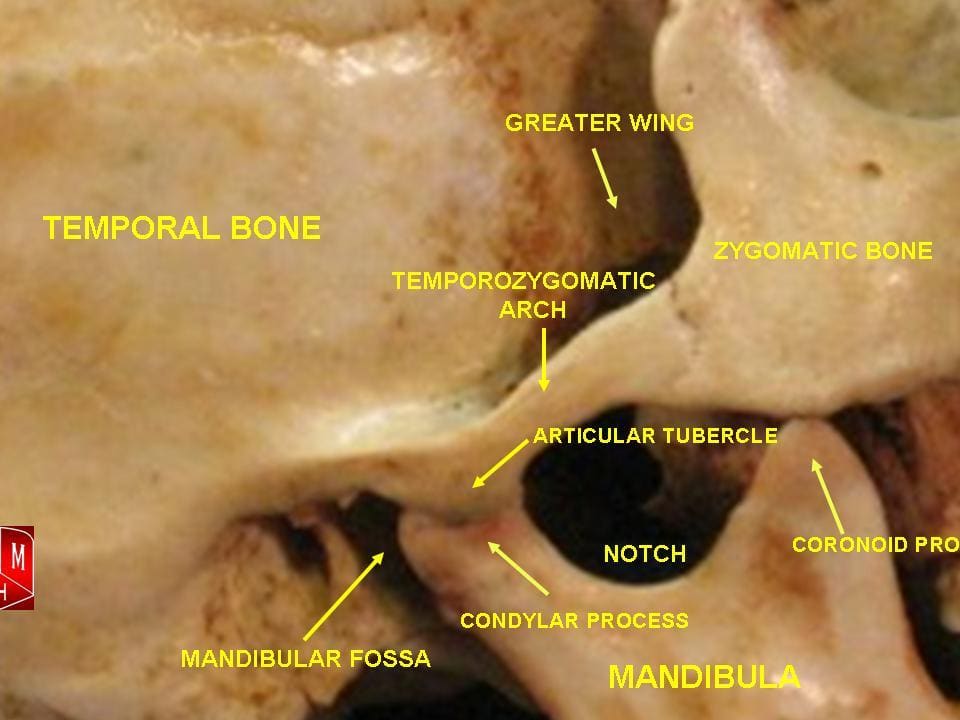TMJ (Temporomandibular joint) Syndrome

The Temporomandibular joint (TMJ) connects the lower jaw bone (the mandible) to the bone at the side of the skull on each side of the head with muscles controlling movements in three(up&down, forward&back, side to side) directions for coordination of actions such as talking, chewing, swallowing, and yawning. Temporomandibular Joint syndrome (TMJ), also known as TMD (TM-Disorder), causes symptoms such as jaw pain, limited ability to open the mouth, headaches, neck.
Temporomandibular Disorders (TMD) are a complex and poorly understood set of conditions characterized by pain in the jaw joint and surrounding tissues and limitation in jaw movements